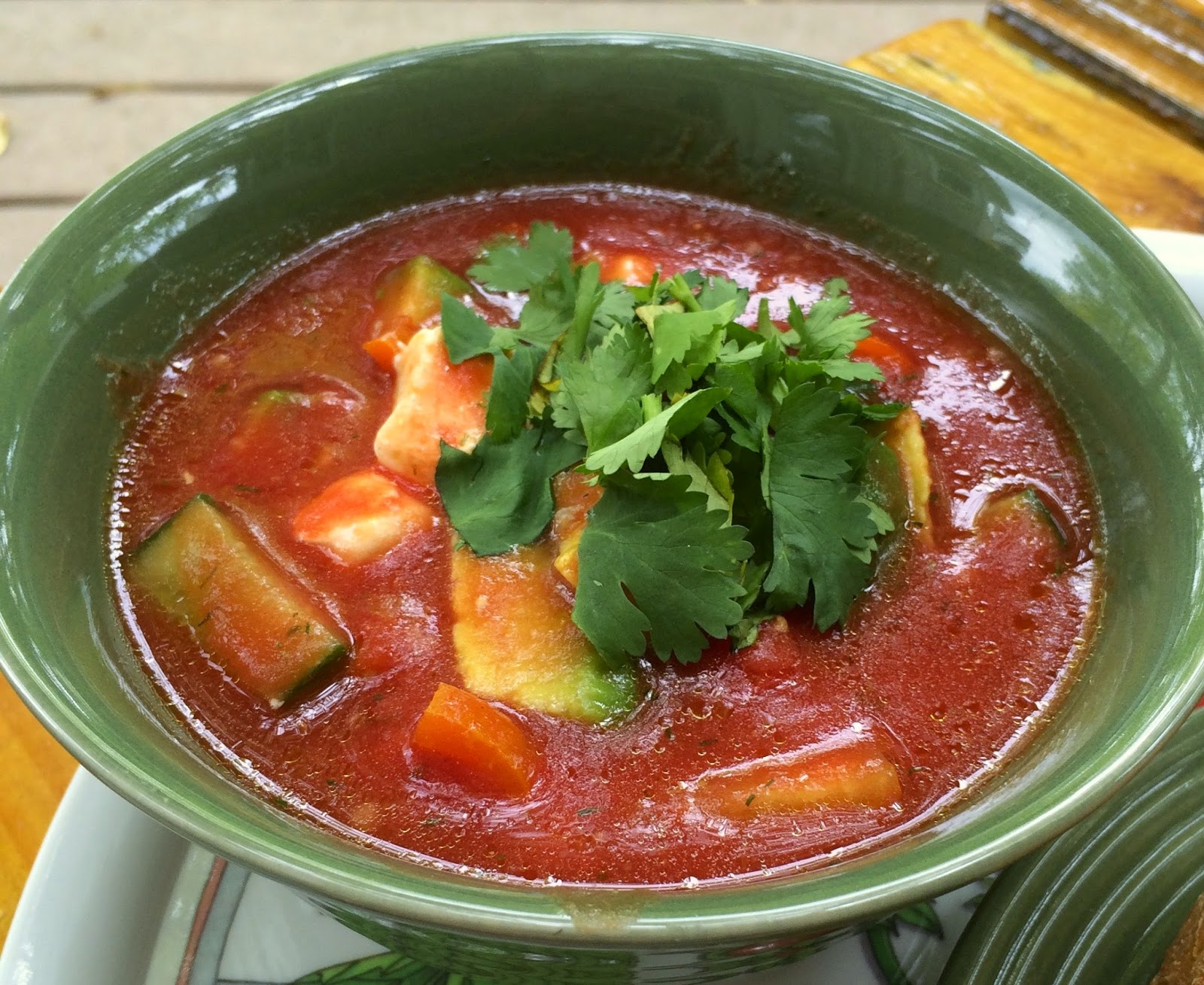Are you enrolling your kiddos in Cooking 101 this summer? Before you frantically start googling this summer school course, let me answer a few FAQ:
- Yes, you are the instructor.
- Yes, it is held in your kitchen.
- Yes, it involves cooking (i.e. frustration, mess and mistakes mixed in with a lot of tasty results, fun and some serious life-skills.)
Why bother?
Studies show that children who learn to cook tend to make better food choices. They end up more open to eating fruits and vegetables and that leads to better lifelong health. What does my personal experience tell me? Kids who cook it are more willing to eat it. They have a greater appreciation for food and the work that goes into preparing it and feel the satisfaction in feeding others real, tasty food. But there's another reason I teach my kids how to cook early on: Grandkids. Yep. My theory is that if they have some good culinary skills, that may just help them snag me a wonderful son or daughter-in-law and later on down the road my grandkids will grow up in a healthful environment where cooking is the rule and eating out the exception (instead of the reverse). Yes, I want my kids to have the skills to survive the real world on their own, but in reality, I'd prefer that they use those skills to build their own future happy, healthy homes and families.
How?
Start simple. Make one recipe a week with your child. Maybe it is as simple as having them help wash the celery for ants on a log. Maybe it's helping them choose the fruits for a fruit salad. Later on you might branch out and make a batch of homemade granola together or blended-fruit popsicles. Baking day is always a hit at my house in the summer. We make a batch of bread dough together and then everyone gets a lump of dough to turn into whatever they want. Sometimes it becomes a pizza loaf, other times it becomes a cinnamon-swirl-chocolate-chip loaf, and sometimes it becomes gooey caramel rolls. |
| This time, it was hot cocoa powder-swirl bread. |
Involve them in the menu planning, shopping and preparation. Once they start getting experience in the kitchen and are old enough, let them make dinner. This is where a lot of the frustration may set in, but that is ok, keep persevering.
Use books as a springboard to cooking. Stone Soup is a great way to get kids to make soup for dinner. Maybe with older kids, a trip to a secondhand bookstore to browse cookbooks might spark their culinary creativity. And yes, there's obviously a mountain of online resources as well (but sometimes a tangible cookbook fits the bill better than an online tutorial).
If you can read, you can cook and SHOULD cook. If you are a parent, or guardian, or mentor, you can and SHOULD teach your kids to cook as well. Few life skills will serve them and those around them as effectively for the rest of their life.
So grab some aprons, take a deep breath and dive in to your own personal Cooking 101 course. Oh, and keep that broom handy!


























.jpg)



